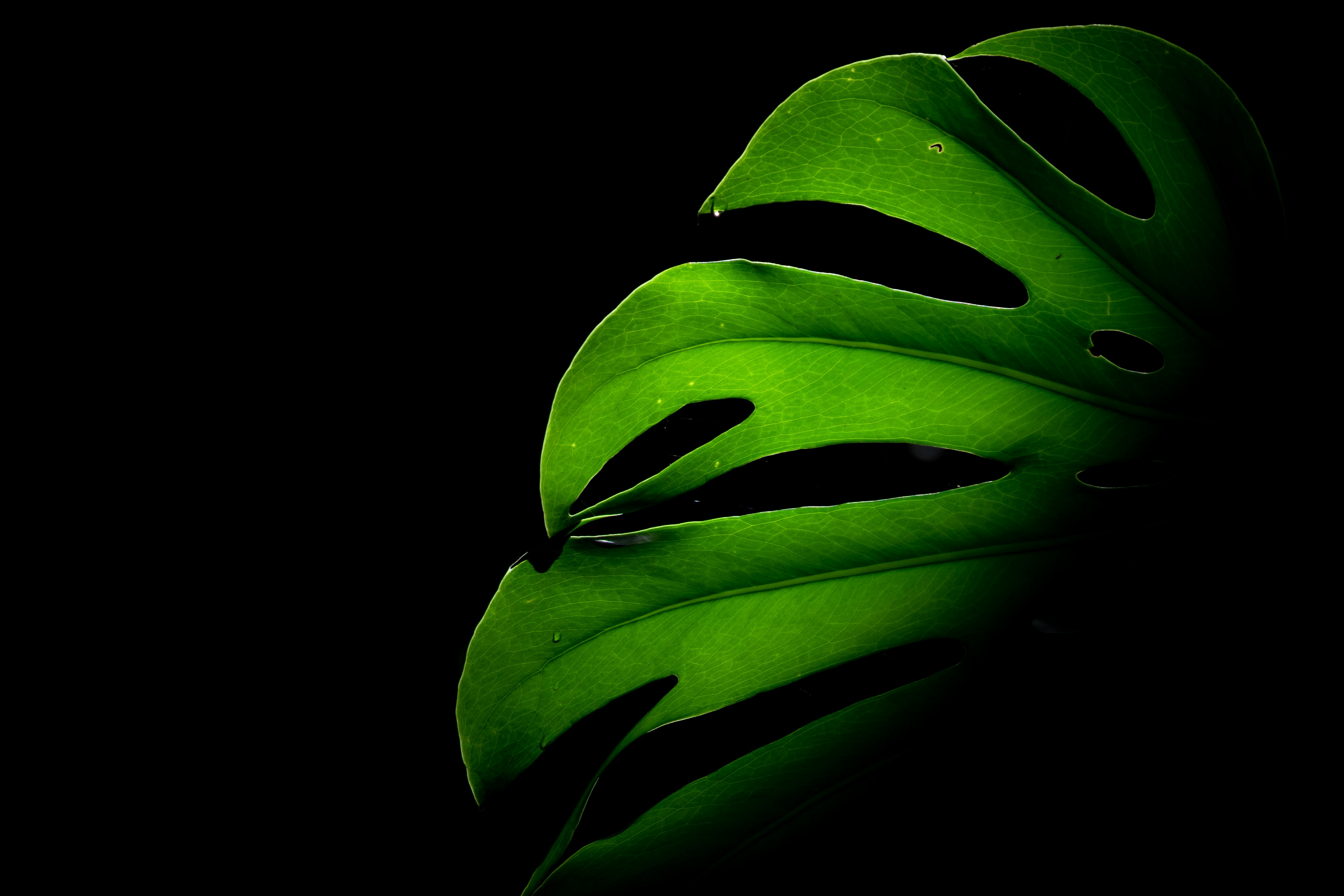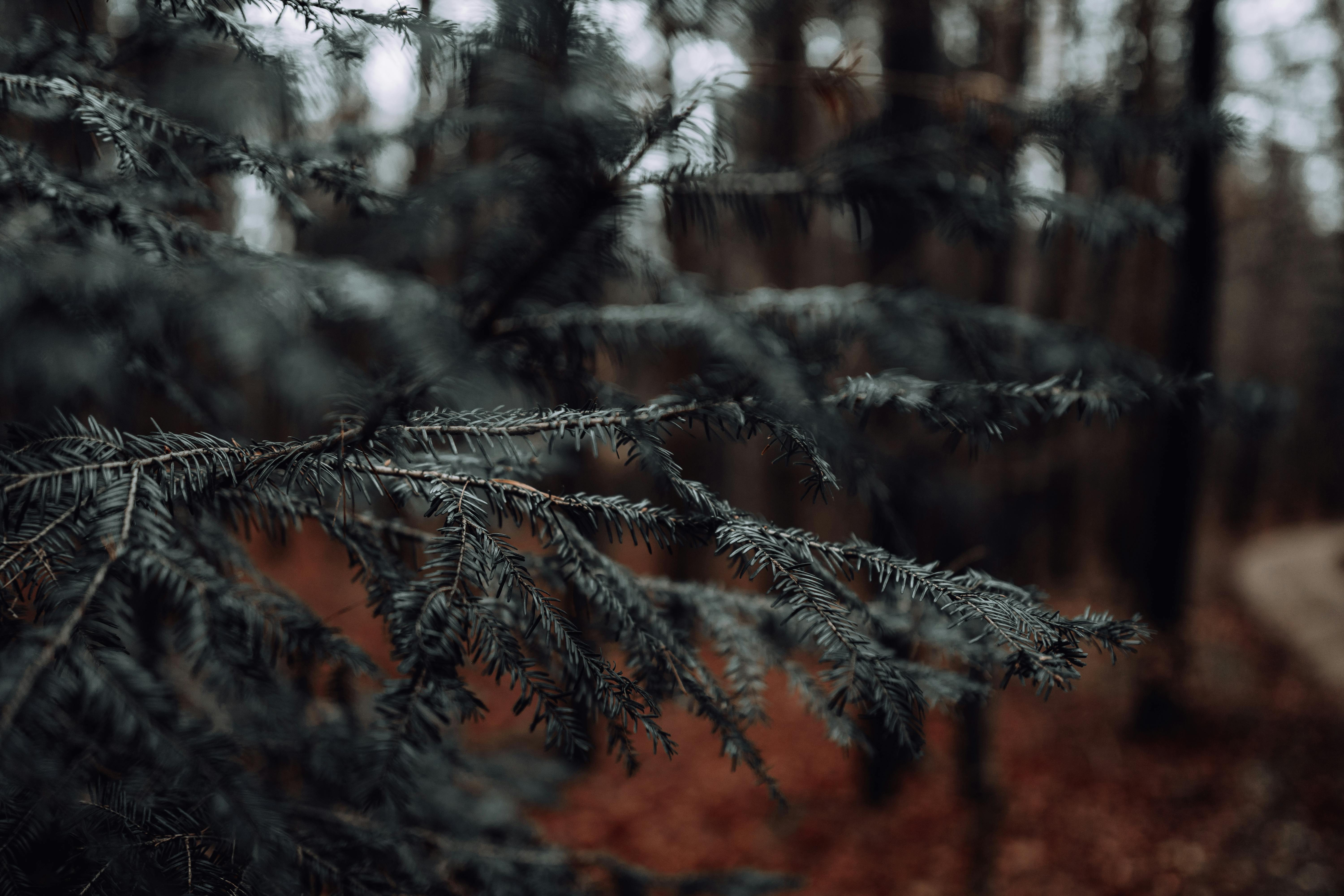Watering and Mulching Cedar Trees
Caring for cedar trees is important for their health and longevity. Proper watering and mulching are two of the most important steps in ensuring that your cedar tree stays healthy and strong. Watering your cedar tree should be done on a regular basis, ensuring that the soil around the tree is moist but not overly saturated. Depending on where you live, this could mean watering your tree once or twice a week. If you live in an area with particularly hot summers, you may need to water more frequently. When watering, be sure to avoid getting the trunk of the tree wet, as this can cause rot and disease.
Mulching is also an important part of caring for your cedar tree. Mulch helps protect the root system by keeping moisture in and helping to keep weeds out. It also adds nutrients to the soil, which can help promote healthy growth. Spread a layer of mulch around the base of the tree, making sure it is at least three inches thick but no more than four inches thick. Be sure to keep mulch away from the trunk of the tree; too much mulch can encourage rot and disease. Reapply mulch each spring or as needed throughout the year to ensure that your cedar tree remains healthy and happy for many years to come.

Staking Young Cedar Trees
Staking young cedar trees is an important part of caring for a new cedar tree. Proper staking will help the tree grow tall and straight, and provide wind protection in strong storms. Staking should be done as soon as possible after planting, preferably while the tree is still in the pot. The stakes should be firmly placed in the ground near the trunk of the tree and secured with a soft material such as garden twine. Care should be taken to ensure that the stake does not damage or rub against the bark of the cedar tree as this can lead to bark damage and disease. It is also important to check that the stake is secure and does not loosen over time, as this can cause harm to the tree as well. After a few years, it is essential to remove any stakes from around cedar trees as they can weaken or deform trunks if left for too long.
In addition to staking young cedar trees, proper watering techniques should also be employed to ensure healthy growth and development of the tree. It’s important to water deeply but infrequently when caring for a new cedar tree; during dry spells, water deeply once or twice per week rather than lightly every day. Keeping moisture levels consistent will help create healthy root systems which are essential for optimal growth and health of any cedar tree. Mulching around newly planted cedar trees will also help retain moisture in dry periods, while also reducing weeds and providing additional nutrients for healthy growth.
Fertilizing Cedars
Fertilizing cedars is an important part of their overall care. Fertilizers should be applied in early spring, immediately after the last frost and when new growth begins. A balanced fertilizer with equal amounts of nitrogen, phosphorus and potassium should be used. It is recommended to use a slow-release fertilizer as it will provide steady nutrition for the entire growing season. An organic fertilizer such as compost or manure can also be used. Be sure to follow the directions on the package for proper application rates and amounts.
Pruning Cedars
Pruning cedars is essential for their health and growth development. Pruning should be done in late winter or early spring before new growth begins. Pruning helps to maintain shape, promote air circulation, remove dead or diseased branches and encourage new growth. Be sure to use clean pruning shears and cut just above a bud at a 45-degree angle to promote proper healing. Avoid pruning more than one-third of the entire tree at once as it can shock the plant into dormancy.
Dealing With Pests and Disease in Cedars
Cedars are a valuable tree species that can provide much-needed shade and beauty to any outdoor area. Unfortunately, cedars can also be susceptible to pests and diseases. In order to keep your cedar trees healthy and pest-free, it is important to be aware of the common issues that can affect them.
The most common pests that affect cedars are beetles, aphids, spider mites, scale insects, bark beetles, and borers. These pests can cause damage to the foliage of the tree as well as weaken the structure of the tree if left untreated for too long. To prevent infestations, it is important to inspect your cedar trees regularly for signs of pests or disease. If you notice any signs of infestation, contact a professional arborist or pest control company immediately for treatment options.
Cedar trees can also be affected by various fungal diseases such as powdery mildew and root rot. Powdery mildew appears as a white powdery substance on the leaves of the tree and can spread quickly if left untreated. Root rot is caused by a fungus that attacks the roots of the tree, weakening it and making it more susceptible to pests and other diseases. Both powdery mildew and root rot should be treated immediately by an arborist or pest control company in order to prevent further damage to your tree.
Finally, it is important to prune your cedar trees regularly in order to promote healthy growth and reduce stress on the tree. Pruning should be done in late winter or early spring before new growth begins in order to ensure proper pruning techniques are used without damaging the tree’s structure or health. If you are not comfortable pruning your own cedar trees, contact an experienced arborist for assistance with this task as improper pruning techniques may result in more harm than good.
By following these steps, you will be able to keep your cedars healthy and free from pests and disease while also ensuring that they continue to provide shade or beauty for years to come!


